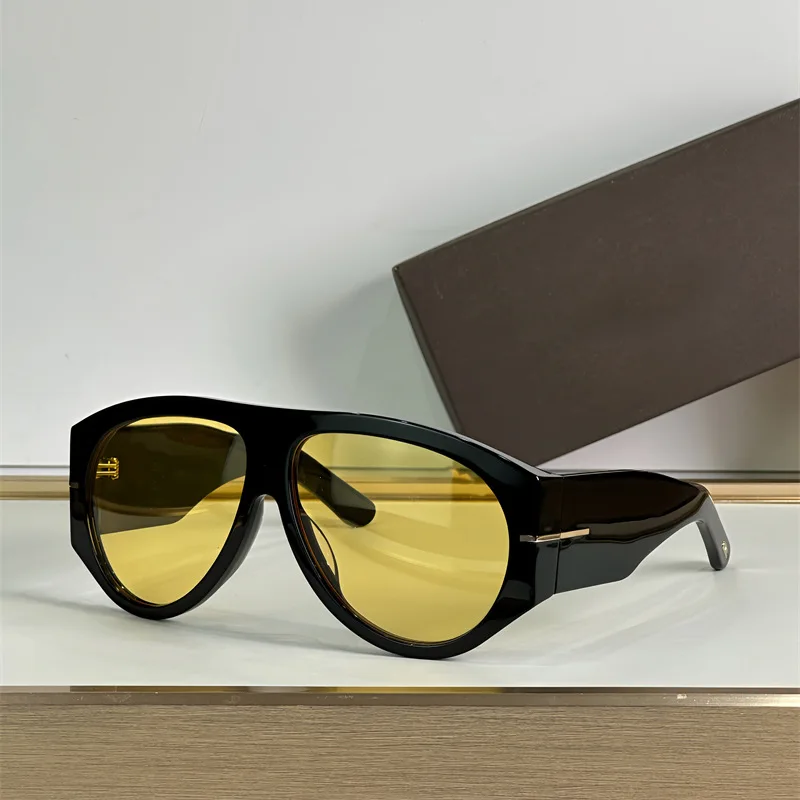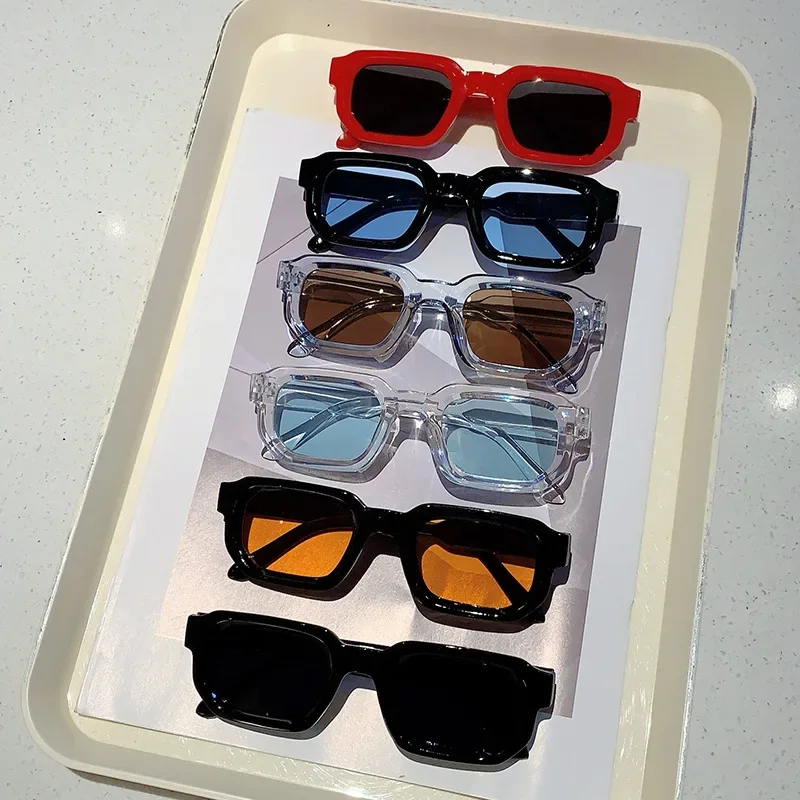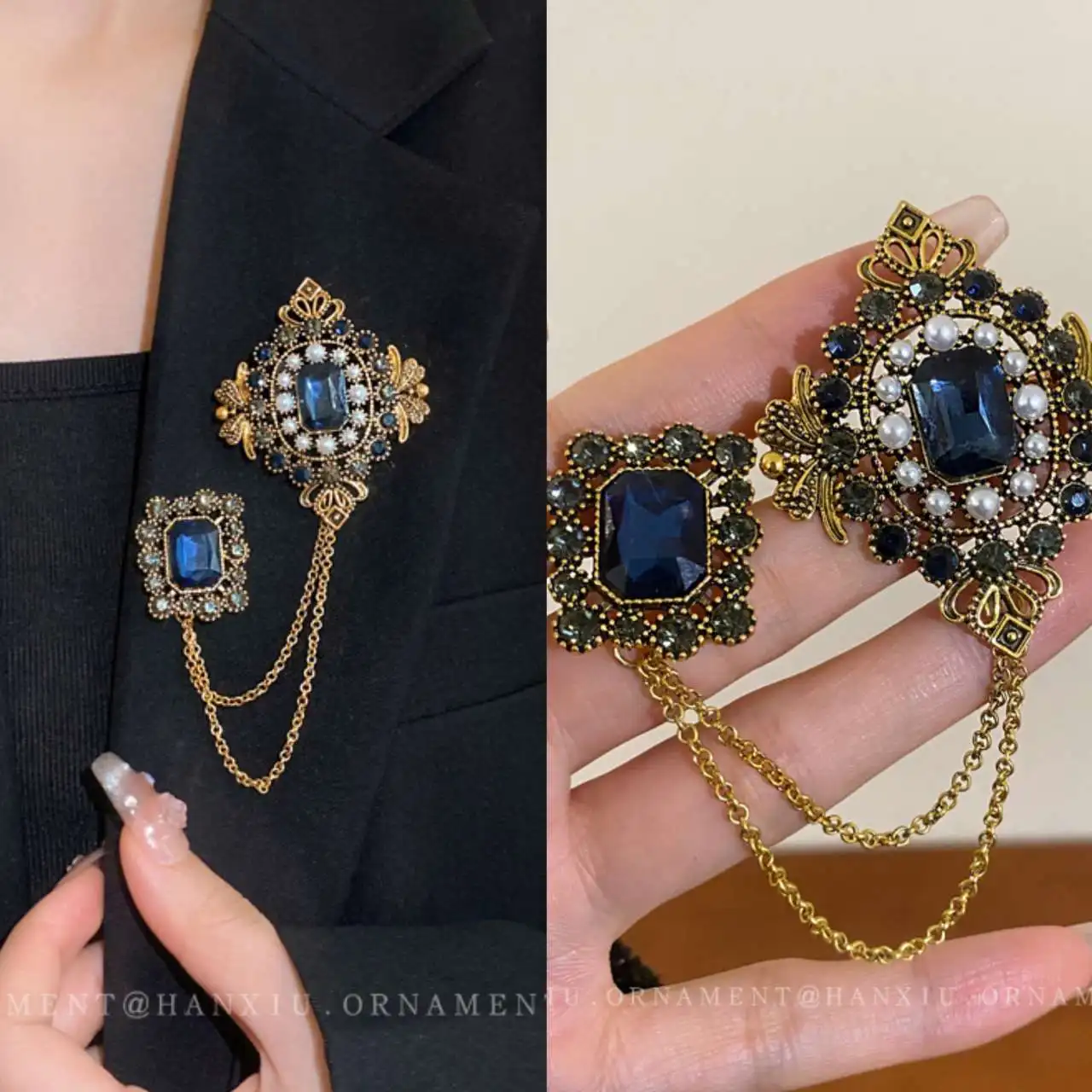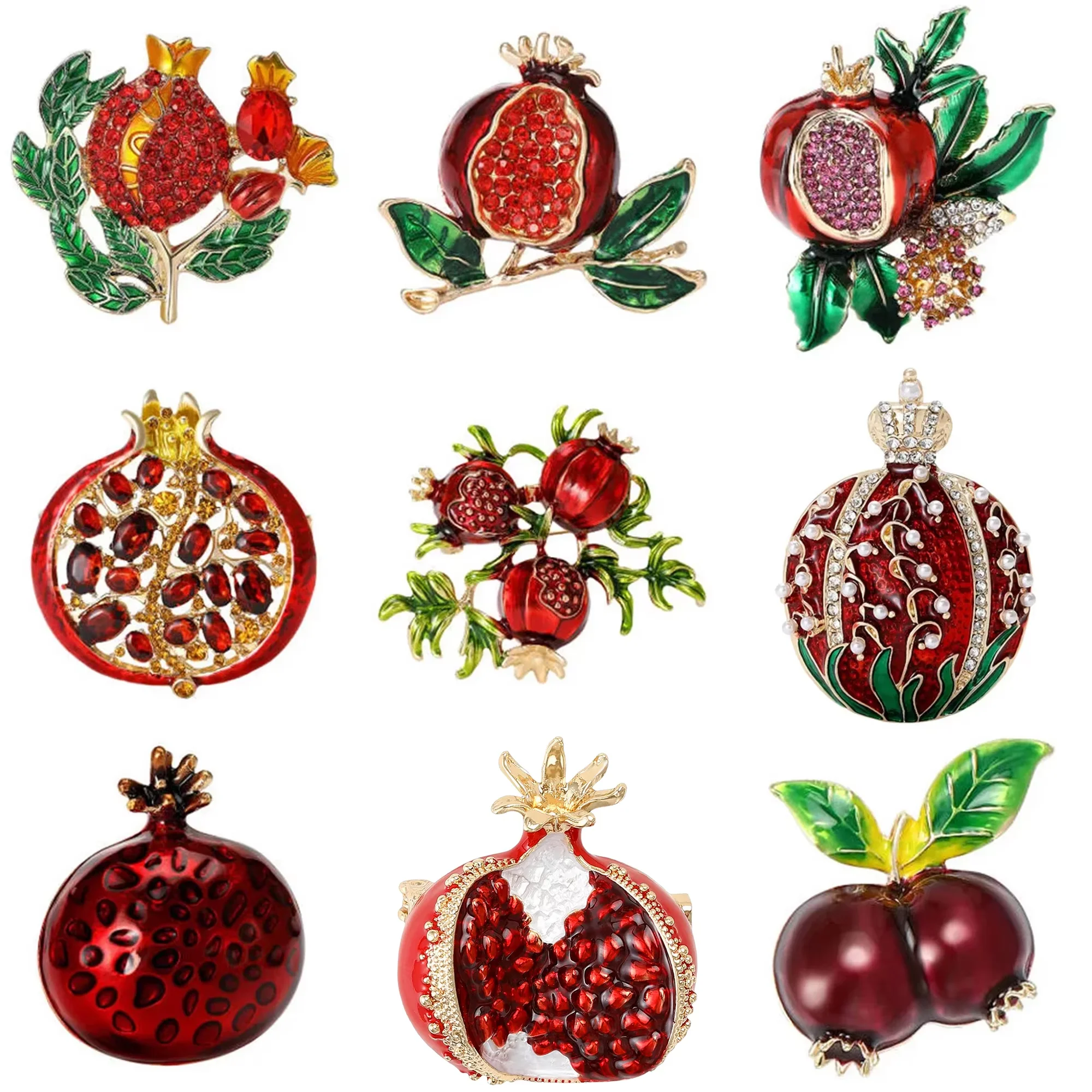A brief overview
- 1 Color: The Eye-Catcher
- 2 Line: Structure in Motion
- 3 Shape: Defining the Silhouette
- 4 Texture: Touch and Feel – Pillars of Fashion Design
- 5 Space: Breathing Room in Design
- 6 How These Elements Work Together
- 7 Industry Icons and Their Influence
- 8 Trends Born from Creative Play
- 9 The Future of Fashion Design
Color: The Eye-Catcher

Courtesy of Canva
Line: Structure in Motion
Lines are the skeleton of fashion design. They define shapes and patterns, guiding the viewer’s eye across the garment. Lines can be vertical, horizontal, diagonal, or curved each creating a different visual effect. For instance, vertical lines can elongate the figure, while horizontal lines can create balance or widen the appearance of a silhouette.
Shape: Defining the Silhouette
Shape refers to how a garment fits and interacts with the body. For example, an A-line dress flares outward from the waist, while a straight-cut dress falls flat along the body. An oversized sweatshirt gives the wearer a more relaxed, shapeless silhouette, while a fitted top accentuates body contours. Manipulating shape is fundamental in creating a distinctive fashion identity.
Texture: Touch and Feel – Pillars of Fashion Design
Space: Breathing Room in Design
In fashion, space refers to the area between the garment and the body, as well as how the garment occupies physical space. A loose dress provides a sense of ease and airiness, while a form-fitting top creates a structured, tailored appearance. Designers use space to shape the way a garment feels and flows, influencing movement and perception.
How These Elements Work Together
The real magic of fashion happens when these elements are harmonized. When used in concert, they create cohesive, captivating designs. Mastering these principles allows designers to push creative boundaries and craft timeless pieces that often spark trends and influence the industry for years to come.
Industry Icons and Their Influence
Fashion giants like Chanel, Gucci, and Louis Vuitton have showcased the power of these elements through their iconic collections. Their designs tell stories, stir emotions, and set global trends—all while staying grounded in fundamental design principles.
Trends Born from Creative Play
Trendsetting fashion often arises from bold experimentation with one or more core design elements. Take, for example, the iconic little black dress by Coco Chanel, which redefined elegance through its minimalist color and classic shape. Or the avant-garde silhouettes of Alexander McQueen, which challenged traditional ideas of form and space and turned fashion into high art.
Elsewhere, designers like Versace, known for bold use of color, and Missoni, celebrated for their inventive textures, have built unique brand identities by pushing the creative envelope, proving that innovation with the fundamentals can drive the future of fashion.
The Future of Fashion Design
Looking ahead, the integration of technology with fashion is poised to revolutionize design. Imagine clothing that changes color based on the weather, or fabrics that adapt in texture at the sound of your voice. Merging futuristic tech with classic design principles opens doors to exciting new possibilities.
At the same time, growing awareness of sustainability is encouraging designers to reconsider these elements through an eco-conscious lens. Brands like Stella McCartney and Patagonia are leading the way, showing that style and sustainability can coexist. Their collections frequently feature recycled materials and organic fabrics, offering modern takes on texture and form while promoting responsible design.





















